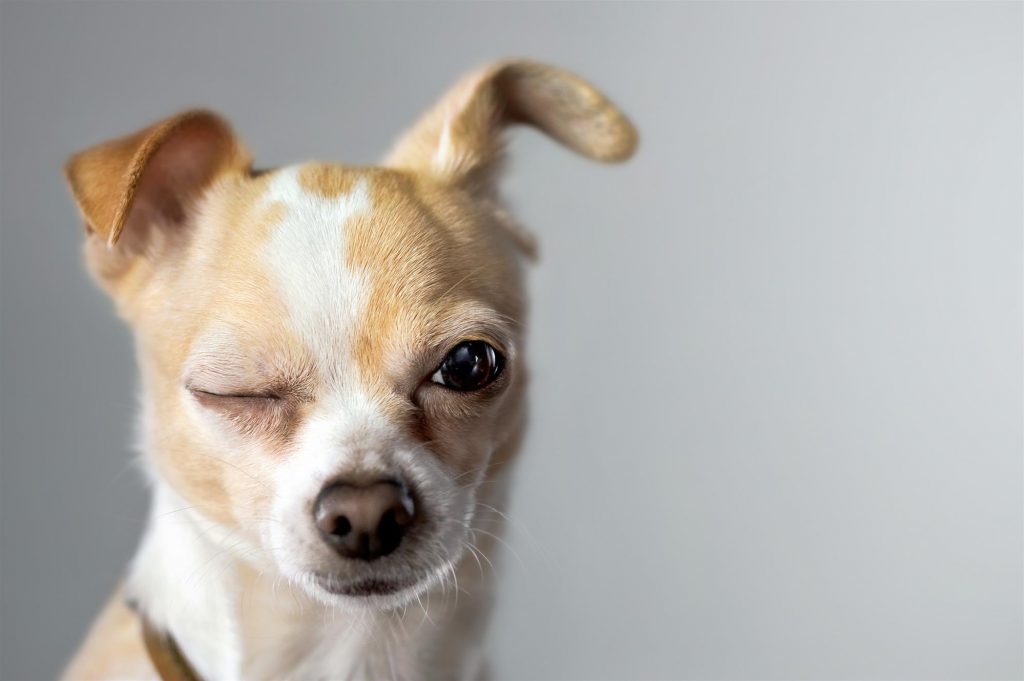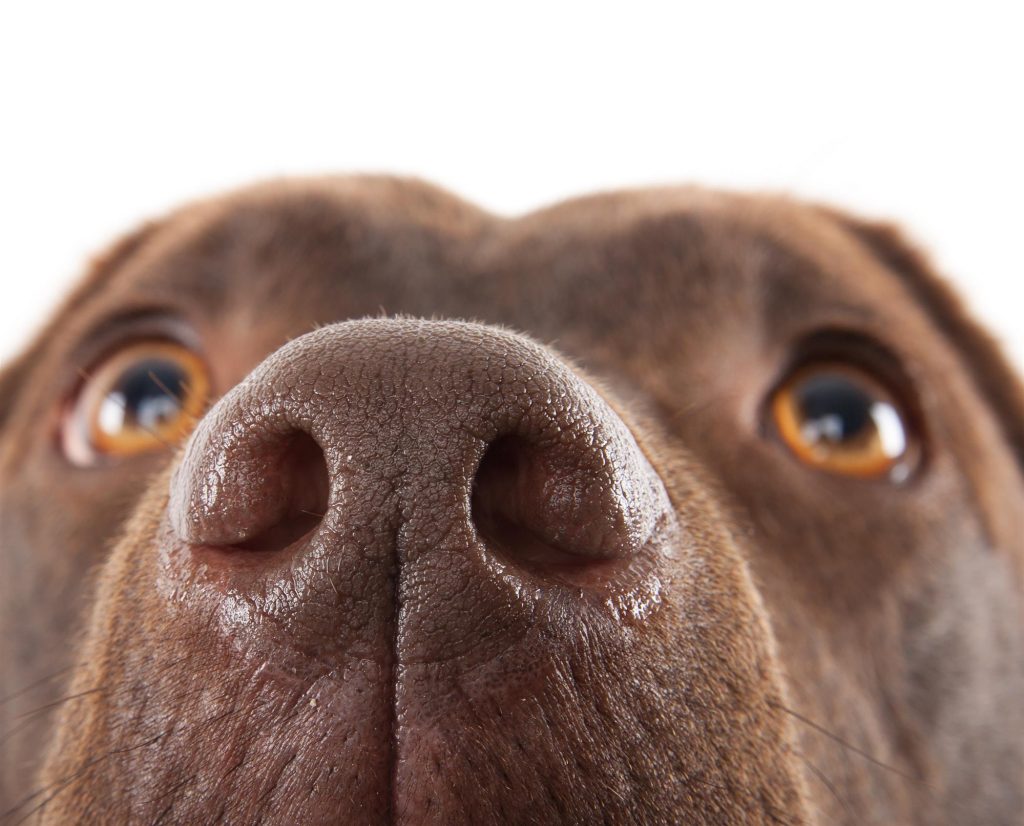Everything You Need to Know About Dog Noses
As a dog owner, the best thing that you will feel in the morning is the cold, wet nose of your puppy. Whether it is because your dog is waking you up for a walk and feeding or if it is because they just came in from their pet door to snuggle, this feeling can be reassuring. If you have ever wondered about the mechanics of your dog’s nose and what you should look for, read on to learn more than you ever could imagine about your dog’s sense of smell.
Puppy Noses Can Change Colors
As a dog owner, your puppy’s nose changing from brown to pink, or getting pink spots can cause you to panic, but, not so fast. In the winter time, it is common for dogs’ noses to become a paler color. This is often called snow nose and is common for several dog breeds. If the changing of the weather brings the changing of your dog’s nose, do not be concerned. This is a normal occurrence, much like humans tanning more in the summer time.
Noses Do Not Have to Be Overly Wet
Previously, a wet nose is the way that people determined their dog’s health. Though dog noses should often be moist, it is not uncommon for completely healthy dogs to have a nose that is a little drier or warmer every once in awhile. The one time that you should be concerned about a drier nose is if the dog is otherwise behaving lethargic or odd. If your dog is acting normally, and the nose is temporarily dry or a little warm, the nose may return to normal in a few hours.
It’s All Relative
When it comes to nose color, nose temperature, and whether a nose is a little rough or smooth, “regular” is relative to each dog. Some dogs may have a naturally wrinkly or rough nose, while some pooches have a smooth nose. Some dogs may have a nose that is a little moister than other dogs.
When it comes to determining if your dog has an issue, use their usual nose state, rather than the state of other dogs. If you notice anything changing, talk to your vet. Otherwise, let your pup enjoy taking their nose in and out of their pet door to explore.


